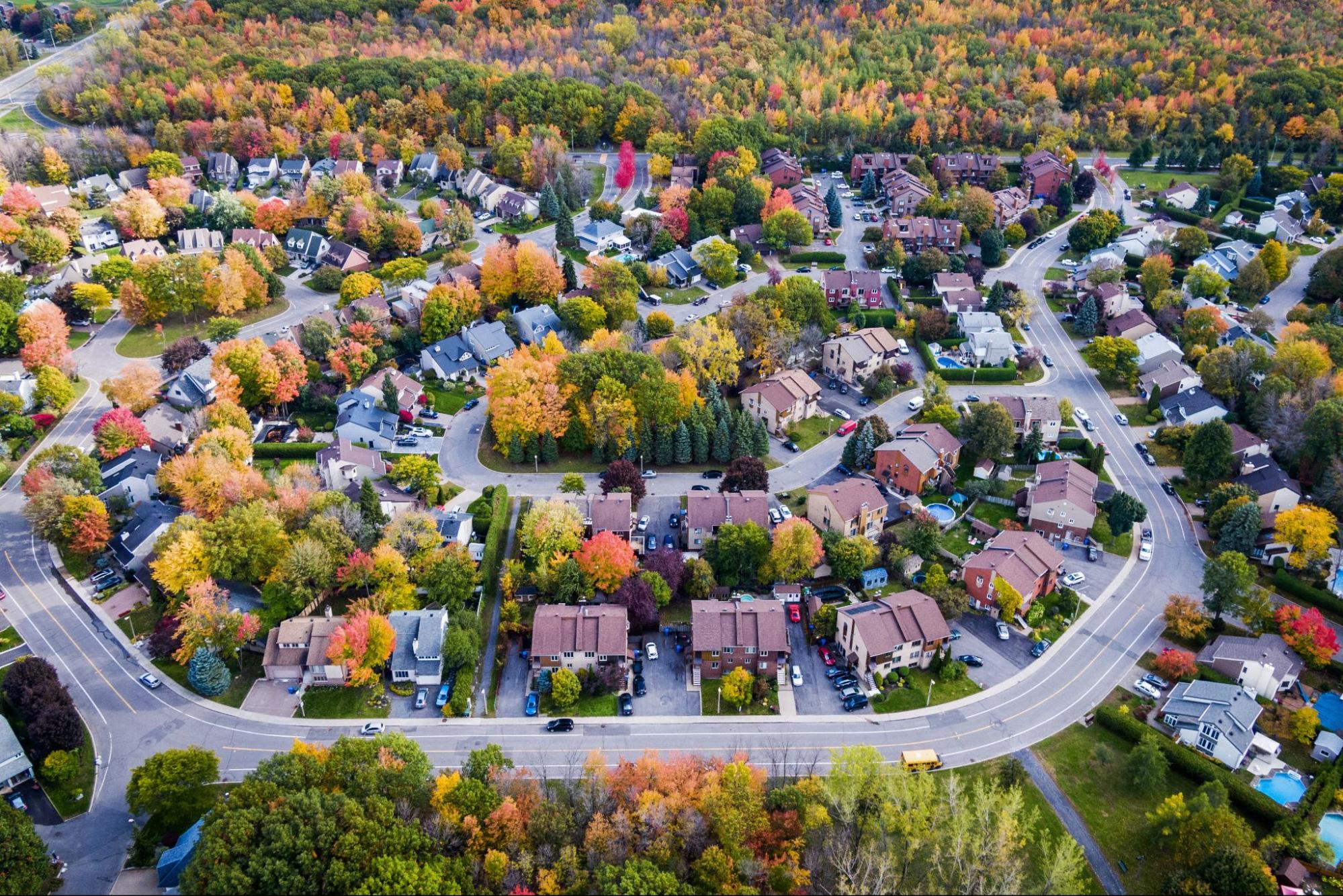The housing supply situation in Canada, Ontario, and the GTA has hit a new low. Inventory levels in many major markets are dwindling and home ownership appears to be on the decline.
Figures in a couple of reports released recently paint a relatively gloomy picture for those seeking a home. The findings also suggest that many have given up on owning a home and are moving to rentals.
A report by Re/Max which was based on Canadian Real Estate Association data looked at listings in eight Canadian centres between 2013 and 2022 and found that seven of them fell short of the 10-year average. In the GTA, the housing inventory was down almost seven per cent from the 10-year average.
The situation is only expected to get worse due to projected demographics and population growth.
Meanwhile, in Ontario, the home ownership rate dropped to 68 per cent in 2021 from 71 per cent in 2011, according to census data from Statistics Canada. In the Toronto Census Metropolitan Area, the rate was about 65 per cent in 2021, down from 68.2 per cent in 2011. However, the number of renter households increased about 25 per cent in the metropolitan census area from 2011 to 2021.
Data collected by the agency shows that millennials appear to be most affected. Home ownership rates among 25 to 29-year-olds fell to 36.5 per cent in 2021 from 44 per cent in 2011. For those 30 to 34, home ownership rates declined to about 52 per cent in 2021 from 59 per cent in 2011.
If anybody thought the housing crisis wasn’t real, think again. These figures confirm that it is.
Simply put, we need more housing. Yet, there are still too many hurdles in the approvals process that either block or delay the construction of much-needed housing. It can take years to get shovels in the ground.
RESCON recently consulted a wide array of stakeholders who are concerned about the future of housing supply and affordability and found that most indicated they are worried about the dysfunctional planning approval processes, escalating costs, including massive increases in taxes, fees, and levies, and unresponsive systems that are far removed from modern business best practices.
Presently, Canada has the lowest amount of housing per capita and the highest cost of housing in the G7. In the GTA, government charges are the highest in North America. Recently, the City of Toronto made new homes even more unaffordable by hiking development charges by 46 per cent over the next two years.
RESCON, along with a number of other industry stakeholders, believe the city’s recent move will only add fuel to the fire and exacerbate the situation for those who are trying to purchase a new home.
As Ontario’s leading association of residential builders, we believe it is our obligation to help bring about change. So, on Oct. 6, we are hosting a free online summit that aims to tackle the issue head-on.
At the summit, we will examine what has been done to boost the housing supply in the province and also discuss what governments, the industry, and stakeholders need to do going forward.
Municipal Affairs and Housing Minister Steve Clark are scheduled to provide us with an update on legislative and policy initiatives announced by the province that aims to increase the supply of housing stock.
The event, called , will also feature separate panel discussions on what outstanding housing reforms are needed to increase the supply of housing and how to achieve widespread choice in housing. The virtual summit runs from 1 to 5 p.m.
While our industry is suffering as a result of a perfect storm of factors like supply chain issues, material shortages, inflation, and rising interest rates, our population continues to grow and with more than 400,000 immigrants coming to Canada each year, it is critical that we build more housing.
According to the CMHC, the country needs to build 3.5 million new homes by 2030 to improve affordability. But the country is averaging 200,000 to 300,000 new units a year. The Housing Affordability Task Force has indicated that Ontario needs more than 1.5 million new homes within the next decade.
At our upcoming summit, we hope to get a consensus on how to achieve that ambitious goal.
Richard Lyall is president of the Residential Construction Council of Ontario (RESCON). He has represented the building industry in Ontario since 1991. Contact him at media@rescon.com.









